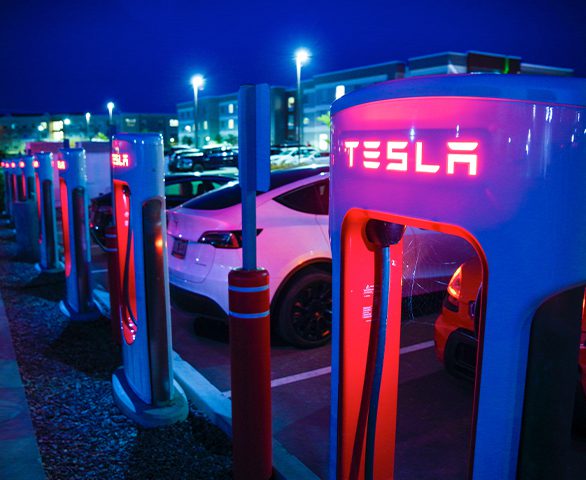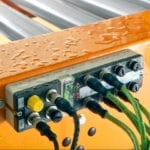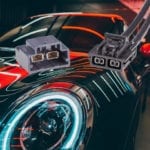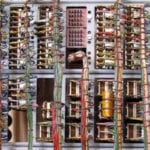
Top 12 Technology Trends: The Evolution of Proprietary to Open Source Connectors
Sometimes a custom connector design will remain a limited-use product. Other times, it may become a popular proprietary connector. In some instances, the evolution continues and the connector experiences widespread use as a commercial or open-source product. This is the eighth installment in the Technology Trends series by Bob Hult, a collection of articles thatRead More















